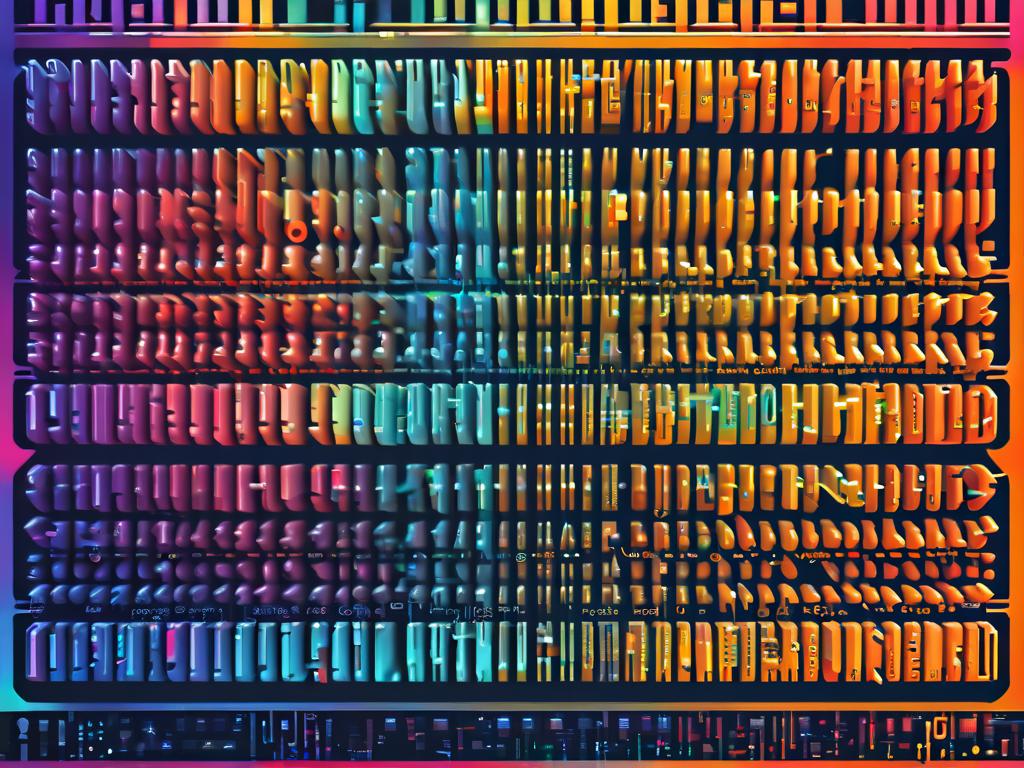In the realm of compilation principles, understanding character sets is fundamental to grasping how compilers transform human-readable source code into executable machine instructions. At its core, a character set refers to a predefined collection of symbols, such as letters, digits, punctuation marks, and special characters, that form the building blocks of programming languages. Compilers rely on these sets during the initial phases of processing, particularly in lexical analysis, where individual characters are scanned and grouped into meaningful tokens like keywords, identifiers, and operators. Without a standardized character set, compilers would struggle to interpret source code accurately, leading to errors and inefficiencies.

The importance of character sets in compilation cannot be overstated. For instance, early compilers often used the ASCII (American Standard Code for Information Interchange) character set, which encodes 128 characters including English letters, numbers, and common symbols. This allowed compilers to handle basic programming languages efficiently. However, with the rise of global software development, Unicode emerged as a more comprehensive standard, supporting thousands of characters from multiple languages and scripts. This shift enabled compilers to process internationalized code, such as variable names in non-Latin scripts, enhancing accessibility and reducing localization challenges.
During the lexical analysis stage, the compiler employs the character set to define valid inputs. Consider a simple code snippet in C:
#include <stdio.h>
int main() {
char greeting[] = "Hello, world!";
printf("%s\n", greeting);
return 0;
}
Here, the compiler uses the character set (typically ASCII-based in many systems) to recognize elements like 'char' as a keyword, 'greeting' as an identifier, and the string "Hello, world!" as a literal. If an invalid character, such as a symbol not in the set, appears—say, an emoji in a traditional compiler—it triggers a lexical error, halting the compilation process. This underscores how character sets act as a gatekeeper, ensuring only permissible symbols are processed.
Moreover, character sets influence compiler design and cross-platform compatibility. Compilers must map source code characters to internal representations, often using encoding schemes like UTF-8 for Unicode. This mapping affects memory usage and performance; for example, variable-width encodings in Unicode require compilers to handle multi-byte sequences, adding complexity to tokenization routines. Developers must specify the character set in compiler settings or through source code annotations to avoid ambiguities. In languages like Java, which defaults to Unicode, this ensures consistent behavior across different operating systems, whereas older languages like COBOL relied on EBCDIC, demanding tailored compilers for mainframe environments.
Beyond technical aspects, character sets play a role in security and optimization. Malicious inputs containing unexpected characters can exploit vulnerabilities in compilers, leading to buffer overflows or injection attacks. Thus, robust compilers incorporate sanitization checks based on the character set. Additionally, optimizations like constant folding or dead code elimination rely on accurate character recognition to manipulate strings and identifiers without altering semantics. For instance, compilers might optimize string concatenations only if all characters fall within the defined set, preserving program integrity.
In modern compilation, the evolution of character sets continues to shape practices. With trends like web assembly and embedded systems, compilers must adapt to diverse character encodings, ensuring efficiency in resource-constrained devices. Best practices include using standardized sets and testing compilers with edge cases, such as mixed-script identifiers, to uphold reliability. Ultimately, character sets are not merely technical details but foundational elements that enable compilers to bridge human creativity and machine execution, fostering innovation in software development.
To conclude, a character set in compilation principles is the essential alphabet that defines valid input for compilers, facilitating accurate translation from source code to binary. Its proper implementation ensures error-free compilation, supports global accessibility, and underpins secure, efficient software. By mastering this concept, developers and computer scientists can build more resilient and inclusive compilers, driving progress in computational fields.



